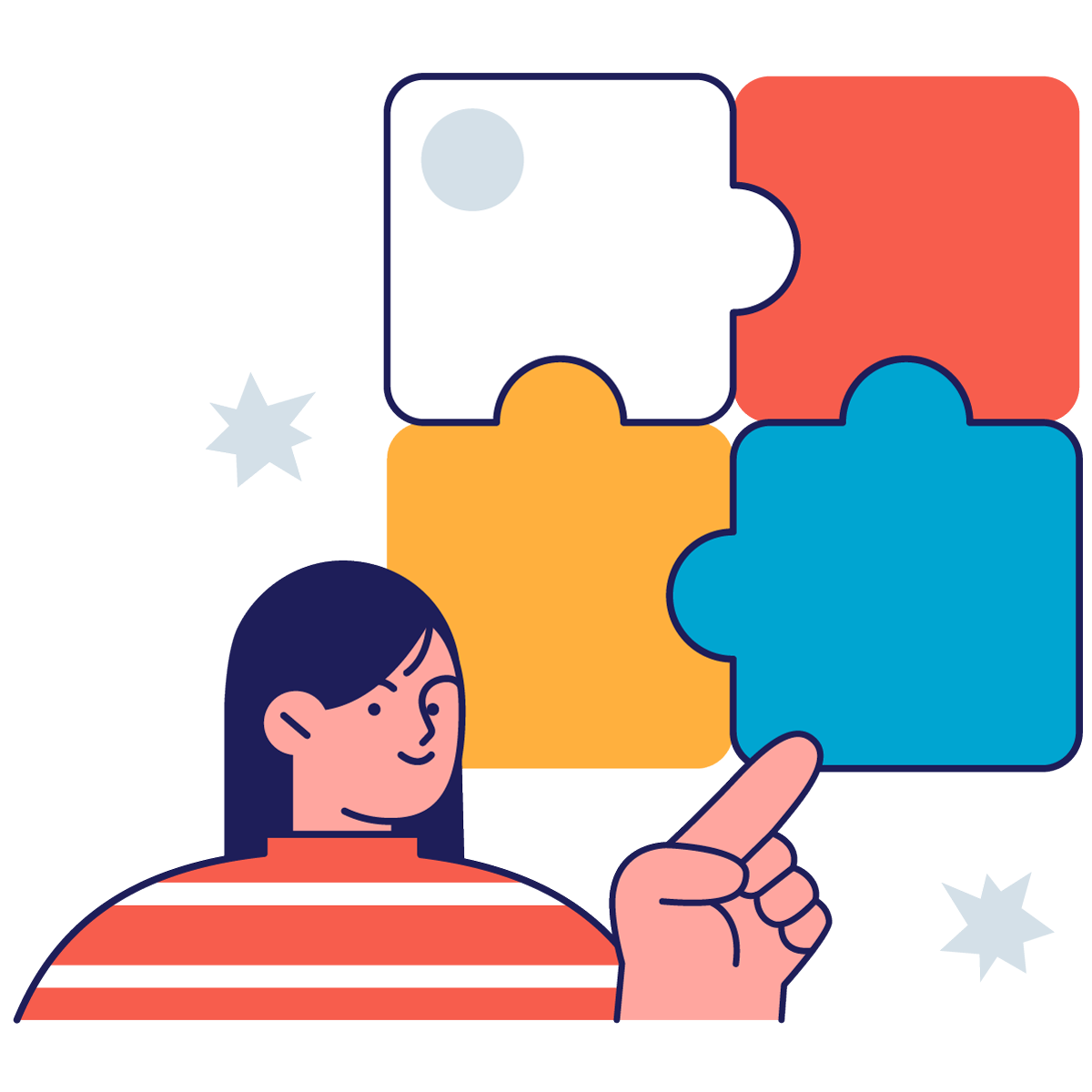Imagine a world where information is locked away, inaccessible to a significant portion of the population. This is the reality for many individuals with disabilities when faced with inaccessible websites. Website accessibility isn’t just a nice-to-have; it’s a fundamental necessity for creating an inclusive online experience for everyone. This post will delve into the importance of website accessibility, explore why it matters, and provide practical steps on how to achieve it.
What is Website Accessibility?
Website accessibility refers to the practice of designing and developing websites that can be used by people with a wide range of disabilities. This includes individuals with visual, auditory, motor, cognitive, and neurological impairments. Ensuring digital accessibility means removing barriers that prevent these users from accessing information and interacting with online content. This encompasses everything from ensuring proper color contrast for users with low vision to providing keyboard navigation for those who cannot use a mouse.
Why Website Accessibility: Why It Matters and How to Achieve It Is Crucial
Making your website accessible is not just about complying with regulations; it’s about ethical web design and good business practice. Website accessibility: why it matters and how to achieve it, is a crucial question for every website owner.
The Ethical Imperative
The internet has become an essential tool for communication, education, commerce, and social interaction. Excluding individuals with disabilities from accessing this vital resource is a form of discrimination. By prioritizing website accessibility, we ensure everyone has equal access to information and opportunities.
Expanding Your Reach
According to the World Health Organization, over one billion people worldwide live with some form of disability. By making your website accessible, you tap into a larger potential audience and expand your customer base. Ignoring this significant segment of the population means missing out on valuable opportunities.
Boosting SEO and User Experience
Many accessibility best practices overlap with SEO best practices. For example, providing alt text for images not only benefits users with screen readers but also helps search engines understand the content of your images, improving your search ranking. Furthermore, a well-structured, accessible website generally offers a better user experience for all visitors, leading to increased engagement and conversions.
Legal Compliance and Avoiding Penalties
In many countries, website accessibility is mandated by law. Failing to comply with these regulations can result in hefty fines and legal repercussions. Ensuring your website meets accessibility standards protects your business from legal risks and demonstrates your commitment to inclusivity.
How to Achieve Website Accessibility
Implementing website accessibility may seem daunting, but it doesn’t have to be. By following these guidelines, you can make significant strides towards creating a more inclusive online experience.
Follow WCAG Guidelines
The Web Content Accessibility Guidelines (WCAG) are internationally recognized standards for web accessibility. These guidelines provide a comprehensive framework for making web content more accessible to people with disabilities. Familiarizing yourself with these guidelines is essential for achieving true accessibility.
Use Semantic HTML
Using semantic HTML elements like `













